GPCR/G protein

All GPCRs share a common seven trans-membrane structure. GPCRs are associated with heterotrimeric G-proteins which are GTP-binding proteins made of alpha, beta, and gamma subunits. When a ligand binds to GPCR, it activates the attached G-protein, the GDP is replaced with GTP. The activated G-protein then dissociates into an alpha and a beta-gamma complex which activates downstream signaling pathways. These intracellular signaling pathways include cAMP/PKA, calcium/NFAT, phospholipase C, protein tyrosine kinases, MAP kinases, PI-3-kinase, nitric oxide/cGMP, Rho, and JAK/STAT.
GPCRs are one of the most important therapeutic targets for various diseases, over 30% of all modern medicinal drugs target this family. Aberrant GPCR functions are involved in pathological conditions such as neurological, immunological and hormonal disorders. A large number of GPCRs have been identified, but whose ligands are not known, are classified as orphan receptors.
-
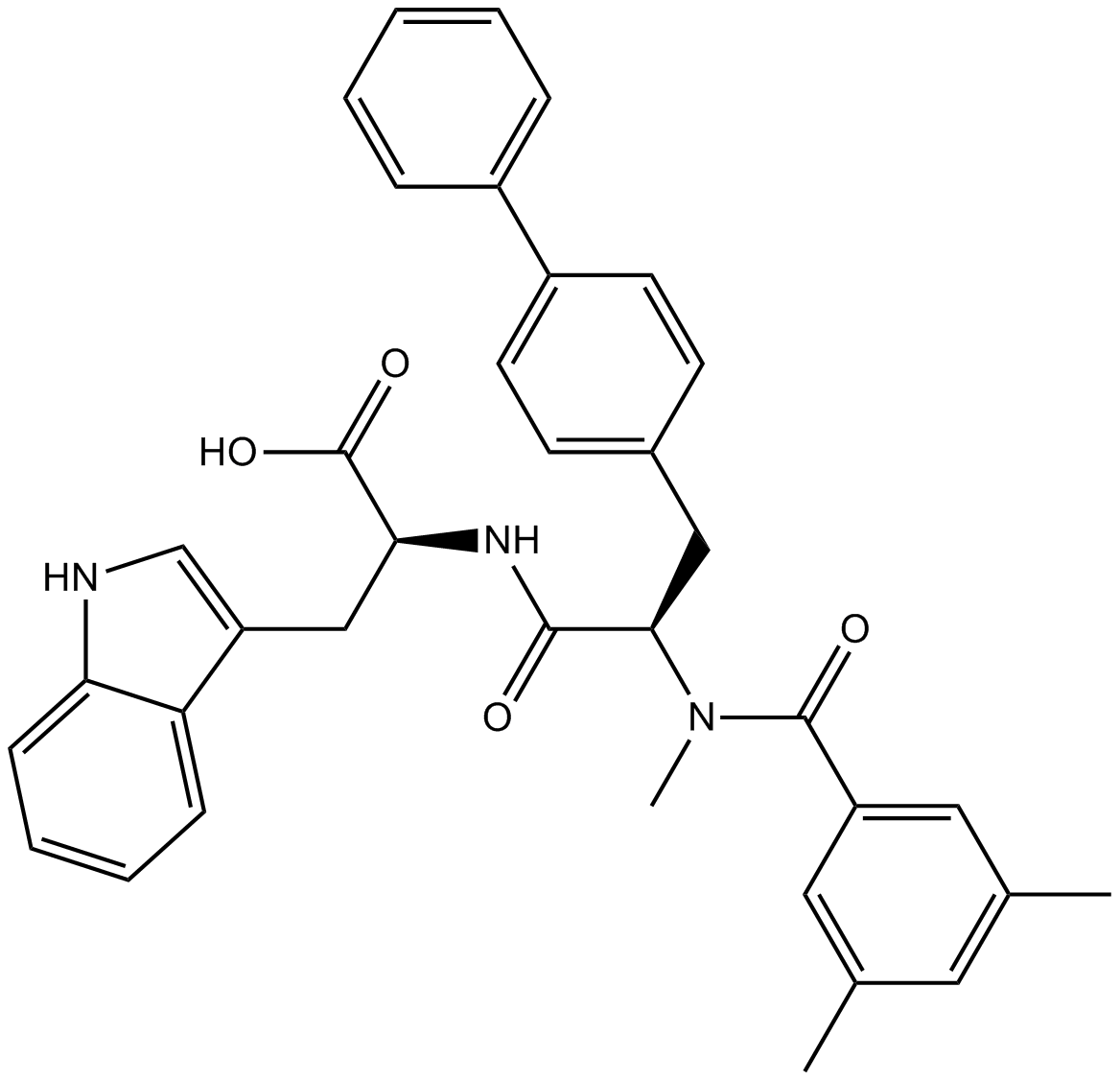 B6872 IRL-2500Target: ETA Receptors|ETB ReceptorsSummary: endothelin receptor antagonist
B6872 IRL-2500Target: ETA Receptors|ETB ReceptorsSummary: endothelin receptor antagonist -
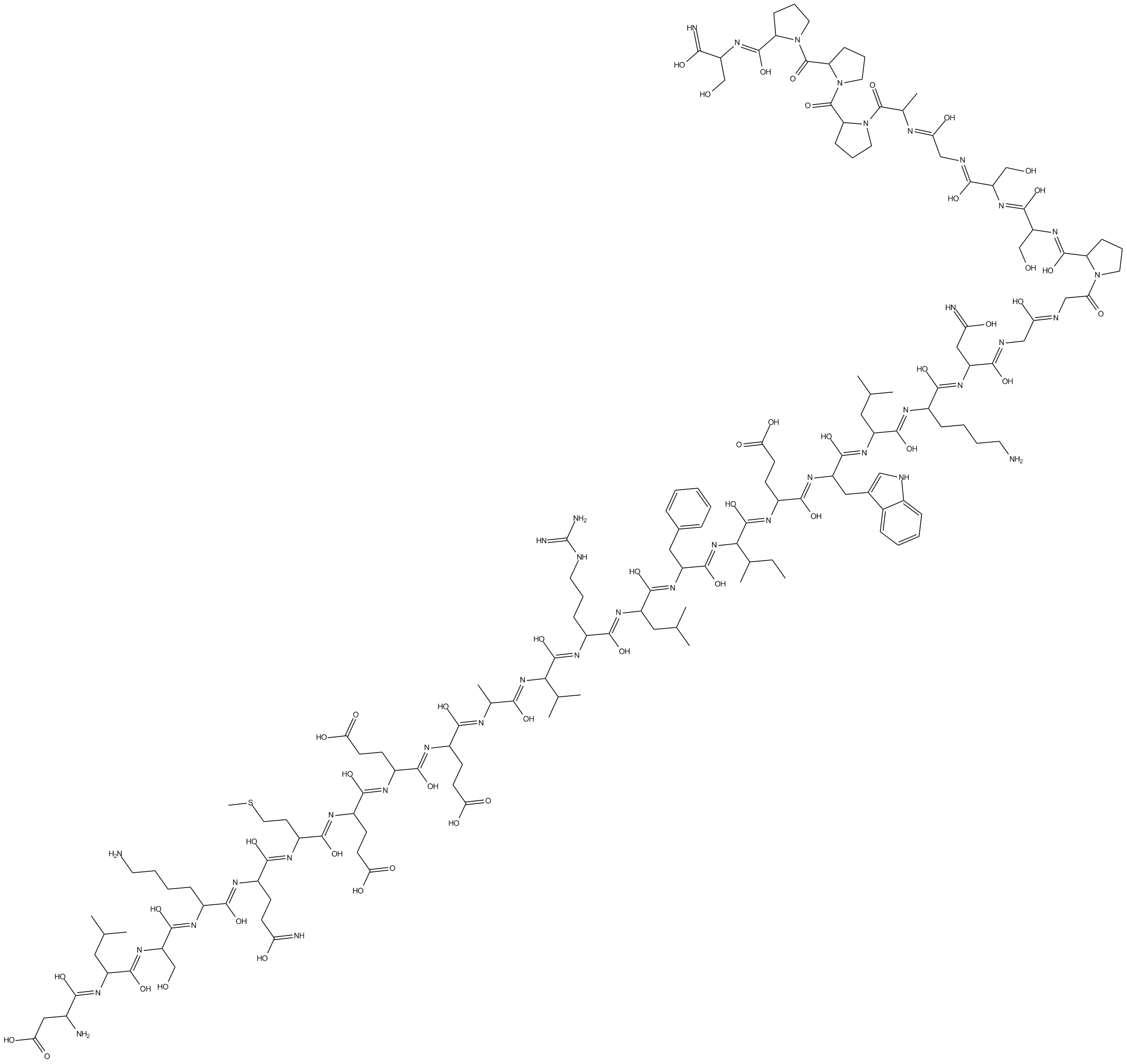 B6943 Exendin-3 (9-39) amide1 CitationTarget: Glucagon-like peptide 1 (GLP-1) receptorsSummary: GLP-1 receptor antagonist
B6943 Exendin-3 (9-39) amide1 CitationTarget: Glucagon-like peptide 1 (GLP-1) receptorsSummary: GLP-1 receptor antagonist -
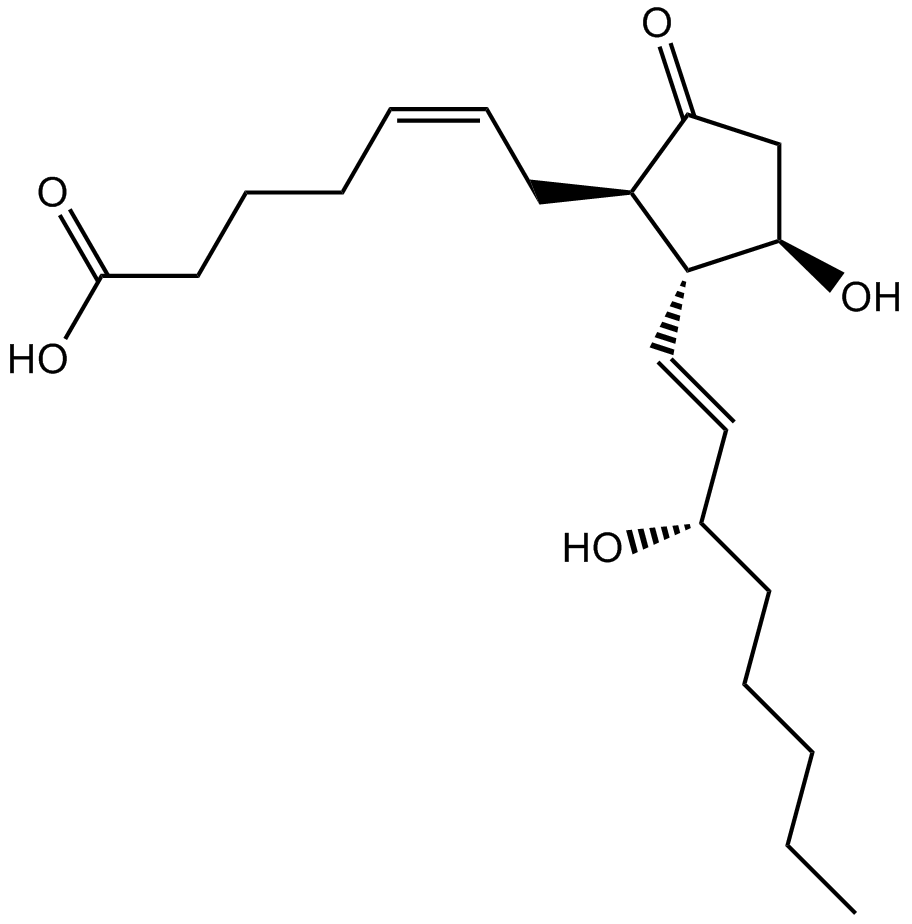 B7005 Prostaglandin E2Target: Prostaglandin EP receptorsSummary: Endogenous prostaglandin
B7005 Prostaglandin E2Target: Prostaglandin EP receptorsSummary: Endogenous prostaglandin -
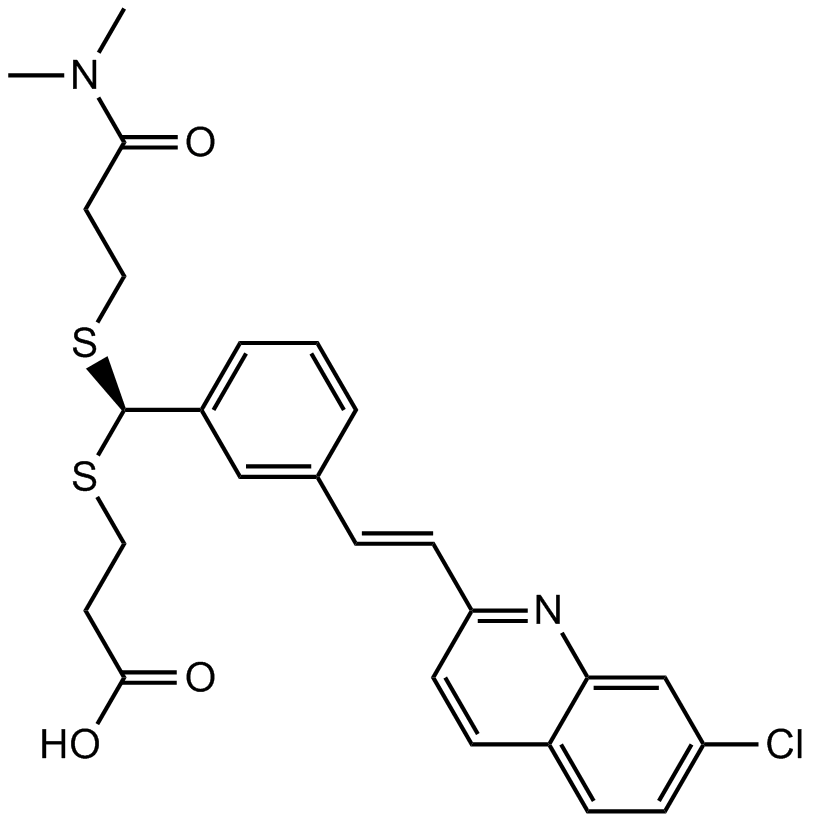 B7023 MK-571Target: Leukotriene and Related ReceptorsSummary: leukotriene D4 receptor antagonist, orally active
B7023 MK-571Target: Leukotriene and Related ReceptorsSummary: leukotriene D4 receptor antagonist, orally active -
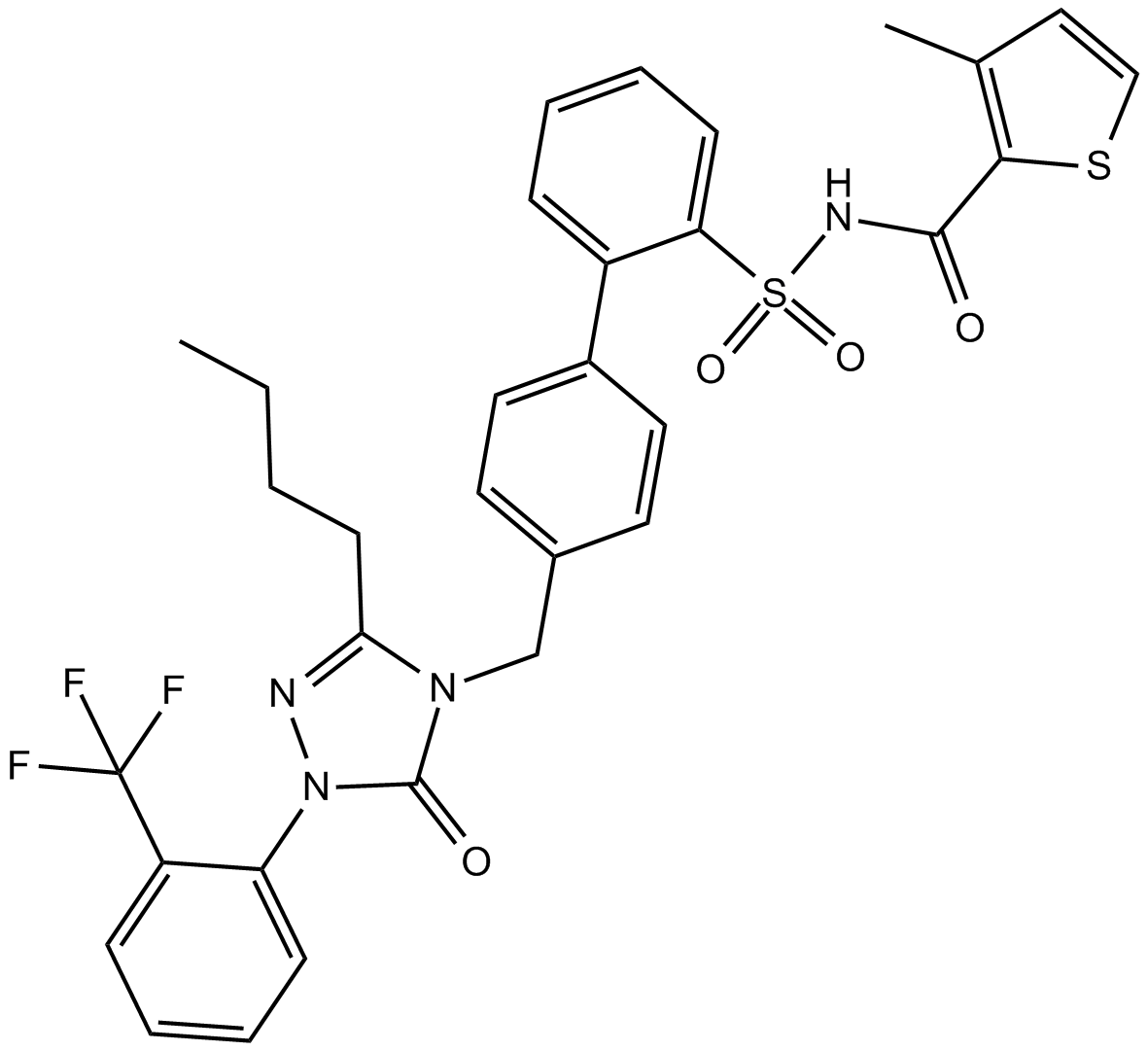 B7088 L-161,982Target: Prostanoid ReceptorsSummary: EP4 receptor antagonist
B7088 L-161,982Target: Prostanoid ReceptorsSummary: EP4 receptor antagonist -
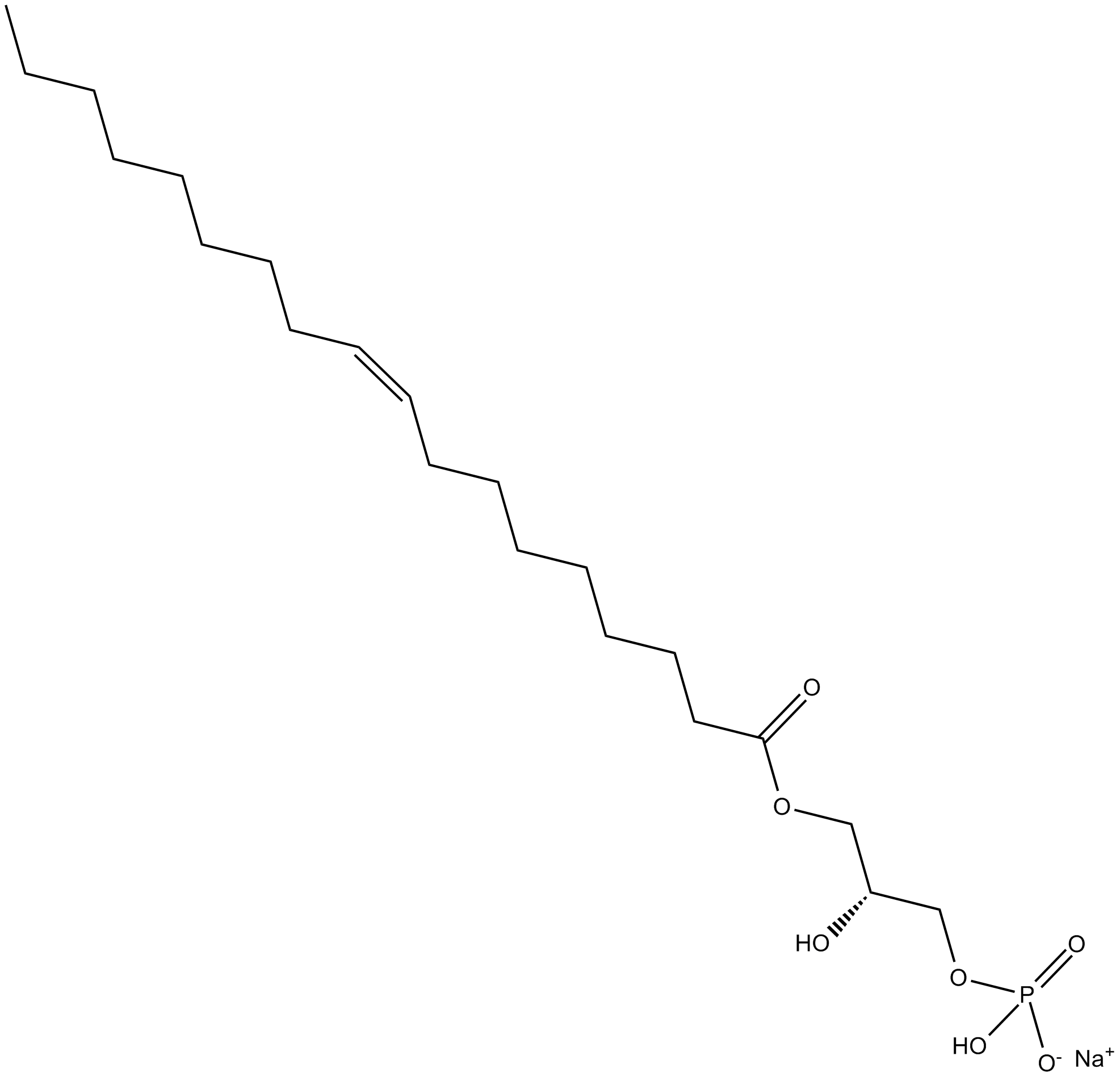 B7515 1-Oleoyl lysophosphatidic acid sodium saltTarget: LPA ReceptorsSummary: Activates LPA receptor
B7515 1-Oleoyl lysophosphatidic acid sodium saltTarget: LPA ReceptorsSummary: Activates LPA receptor -
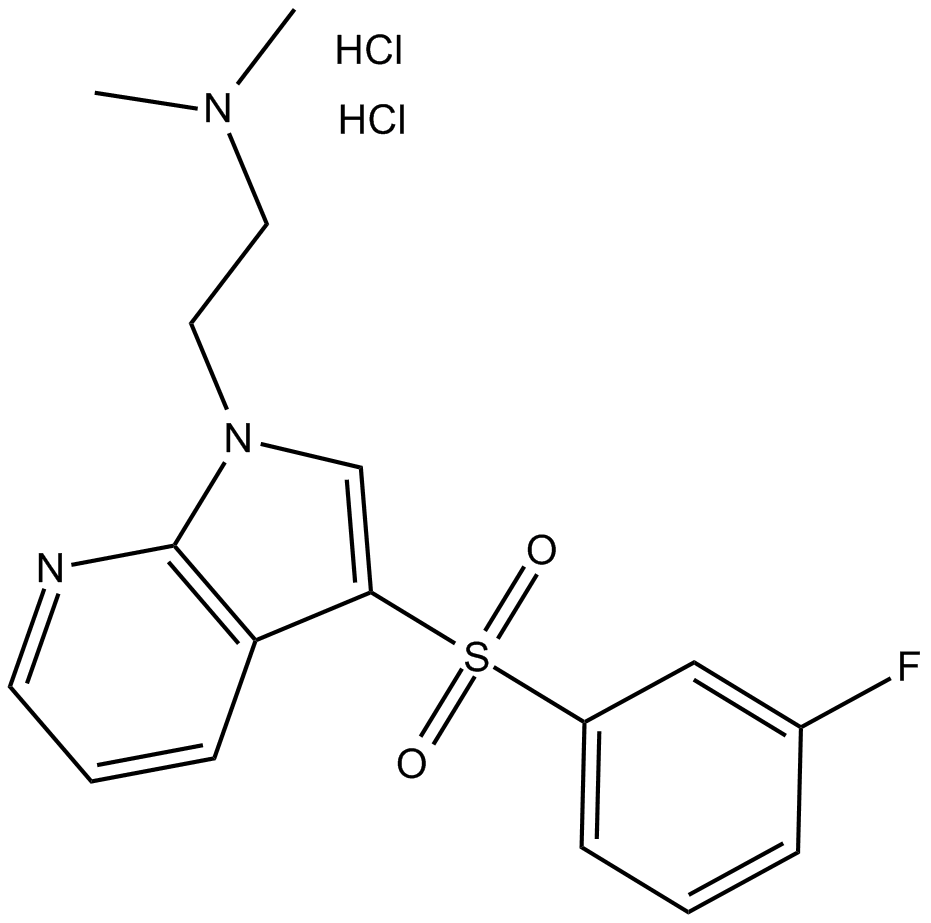 B7531 WAY 208466 dihydrochlorideTarget: 5-HT6 ReceptorSummary: 5-HT6 agonist
B7531 WAY 208466 dihydrochlorideTarget: 5-HT6 ReceptorSummary: 5-HT6 agonist -
![[D-Lys3]-GHRP-6](/pub/media/prod_images/b/5/b5234.png) B5234 [D-Lys3]-GHRP-61 CitationTarget: ghrelin receptorSummary: ghrelin receptor antagonist
B5234 [D-Lys3]-GHRP-61 CitationTarget: ghrelin receptorSummary: ghrelin receptor antagonist -
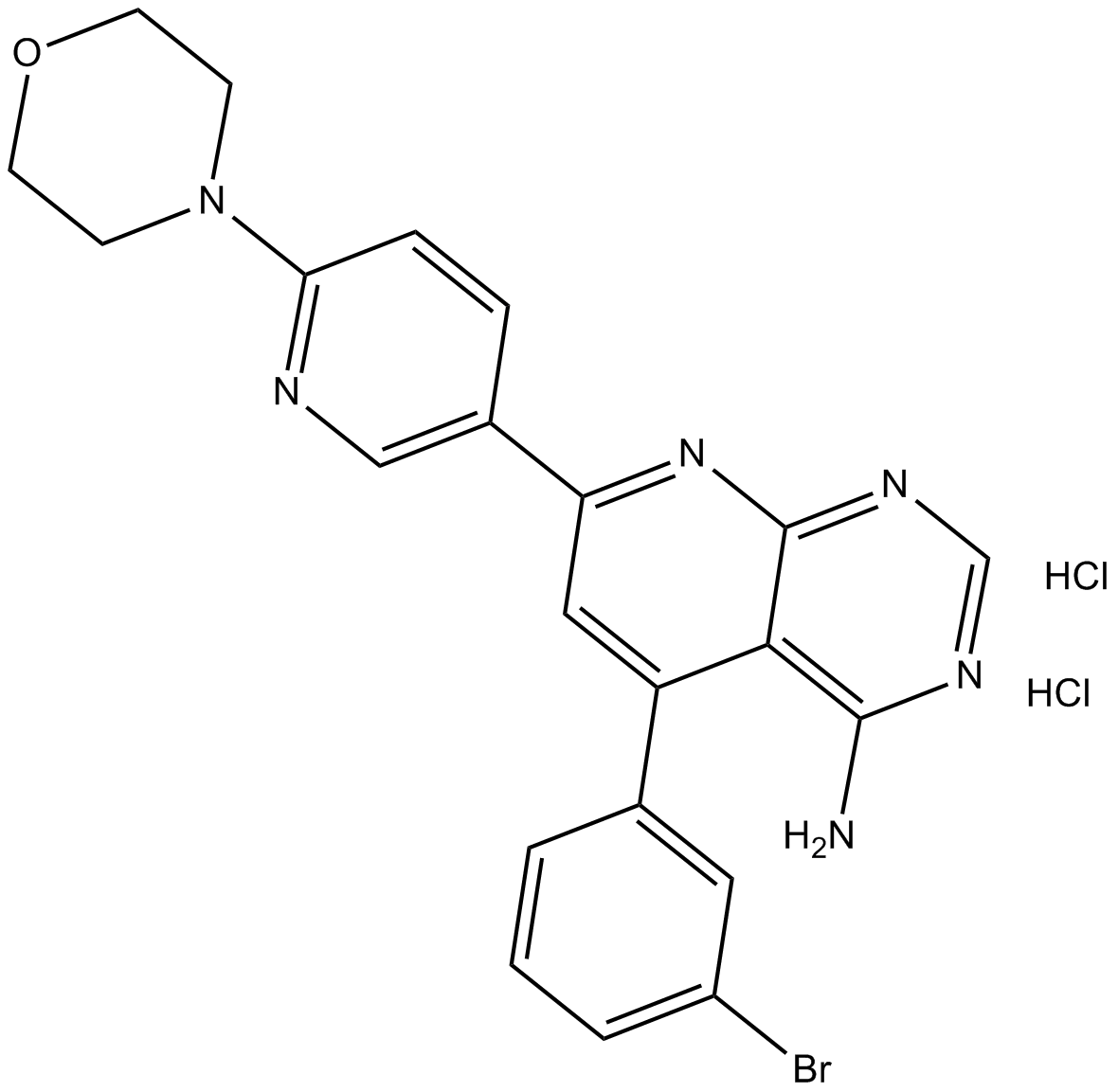 B5298 ABT 702 dihydrochlorideTarget: Adenosine KinasesSummary: Adenosine kinase inhibitor
B5298 ABT 702 dihydrochlorideTarget: Adenosine KinasesSummary: Adenosine kinase inhibitor -
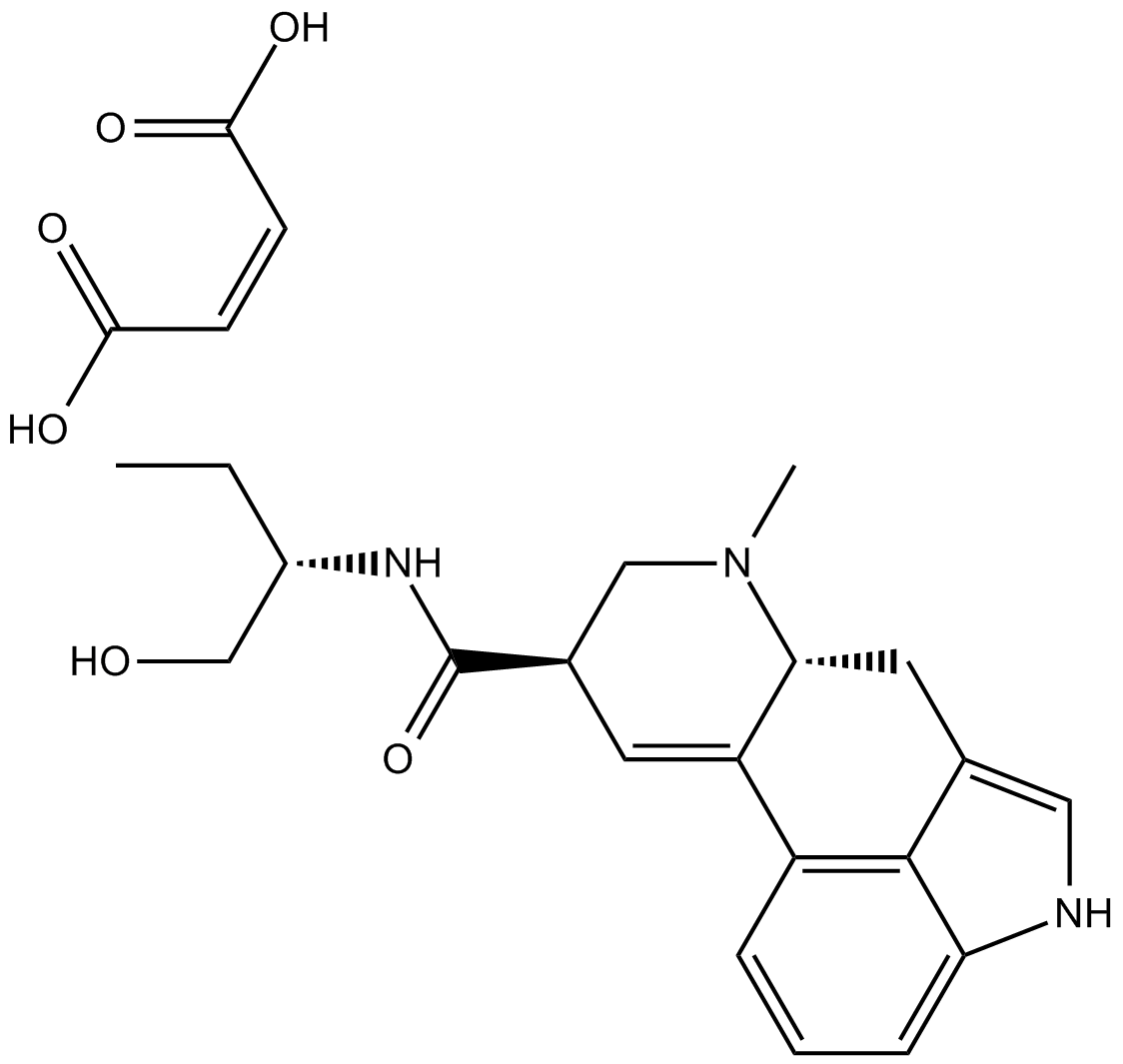 B6347 Methylergometrine maleateTarget: 5-HT1 Receptor|5-HT2 ReceptorSummary: 5-HT1/5-HT2 receptor antagonist
B6347 Methylergometrine maleateTarget: 5-HT1 Receptor|5-HT2 ReceptorSummary: 5-HT1/5-HT2 receptor antagonist

